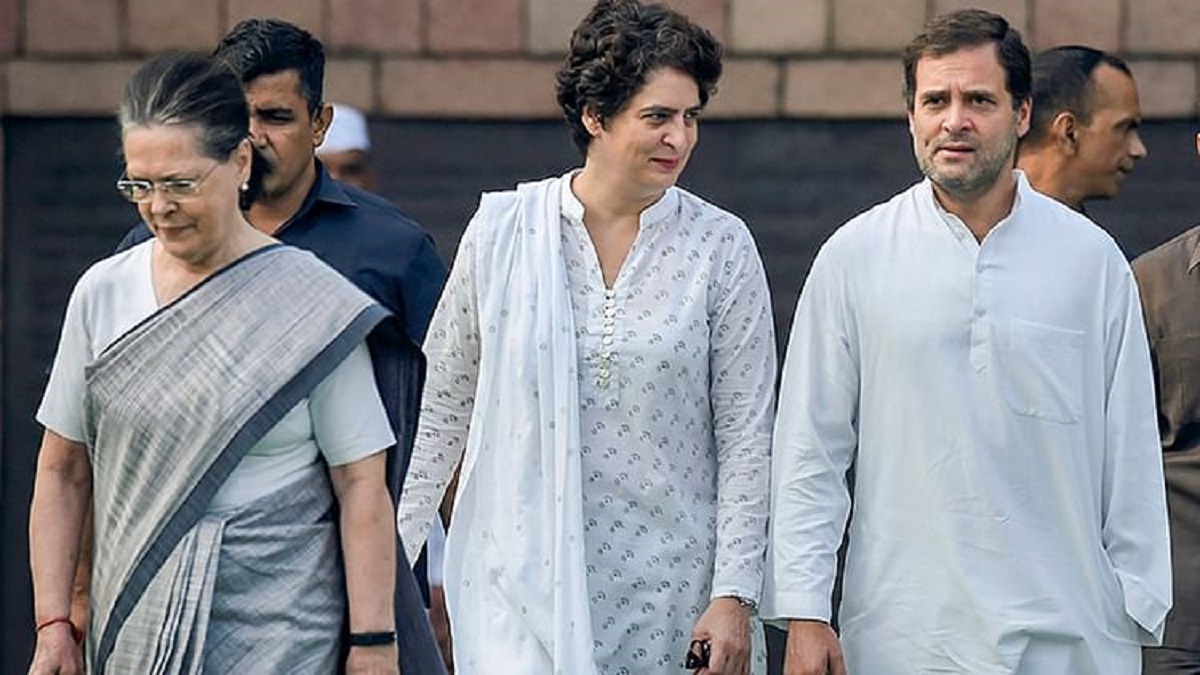Priyanka Vadra’s candidacy in Wayanad marks a significant political shift in Kerala, a state that has long served as the last bastion for India’s Communist parties. Her entry into the electoral fray—following her brother Rahul Gandhi, who previously contested and won from Wayanad—signals not just the rise of another dynast in the Congress but also a formidable challenge to the fading Leftist influence in the state. The real victim of this political shuffle is not the ruling Bharatiya Janata Party (BJP), but the Left Democratic Front (LDF), as it faces an existential crisis in its last remaining stronghold. The Congress, long known for its dynastic politics, is poised to further solidify its grip on Kerala, a state where it has retained considerable influence. While the Congress has been losing ground nationwide, particularly in the Hindi heartland, its success in Kerala through Priyanka Vadra could spell doom for the Communists. The Left, once a dominant force across India’s northeast, West Bengal, and parts of the south, has steadily declined, unable to adapt to the changing political landscape. The Communist Party of India (CPI) and Communist Party of India (Marxist) (CPM), which together spearheaded the Left’s hold on Indian politics, are now confined to a few pockets, with Kerala standing as their last significant outpost. The decline began in West Bengal, where Mamata Banerjee’s Trinamool Congress ousted the Left in 2011 after decades of uninterrupted rule. Similarly, the northeast, once a Left stronghold, has shifted towards the BJP, which has aggressively expanded its influence in states like Tripura and Assam.
In Kerala, the LDF’s decreasing popularity signals the waning of Communist politics in India. For decades, Kerala has alternated between the Congress-led United Democratic Front (UDF) and the Left-led LDF. However, recent trends suggest that this may be changing. The LDF has struggled to retain the support of its traditional voter base, especially among the state’s significant Muslim and Christian minorities. Wayanad, predominantly a Muslim-majority constituency, has been a bastion for Congress, and with Priyanka Vadra now entering the fray, it appears that these communities are swinging back towards Congress, abandoning the Left. Priyanka Vadra’s candidacy is emblematic of Congress’s reliance on dynastic politics. The Vadra-Gandhi family has long held a central place in Indian politics, and this election marks the first time that three members of the family—Sonia, Rahul, and Priyanka—could all serve in Parliament together. While critics of dynastic politics often point to the weakening of democracy, it appears to be the one strategy that is keeping Congress afloat, particularly in Kerala, Telangana, and parts of Karnataka. Yet, this resurgence of Congress does not pose a major challenge to the BJP. The Congress is struggling to retain relevance on the national stage, particularly after being decimated in key states like Uttar Pradesh, Madhya Pradesh, and Rajasthan. In fact, Congress has been largely reduced to a regional party, with its influence primarily concentrated in the southern states. This decline leaves the BJP largely unchallenged in much of northern and central India, while Congress continues to cling to its remaining strongholds in the south.

For the Communists, the threat from Congress is far more immediate. Wayanad is not just a symbolic seat for Congress; it is a test of the Left’s ability to remain relevant. Should Priyanka Vadra win, it could represent the final nail in the coffin for the Left in Kerala, a state where it has already seen its grip loosen over recent election cycles. As the LDF prepares for the upcoming state assembly elections, it faces an uphill battle not only to retain power but also to stave off an existential threat from both Congress and the BJP. Although Kerala remains a distant prize for the BJP, the party has made notable inroads in the state, particularly among Hindu voters who have become disillusioned with the Left and Congress. In recent years, the BJP has strategically expanded its footprint in southern India, particularly in Karnataka and Telangana. Kerala is next on its radar. While the BJP’s performance in the upcoming by-polls may not yield immediate success, the party is likely to position itself as a formidable alternative to both the Left and Congress in the state, especially in light of rising Hindu polarization following controversial remarks from DMK leader Udhayanidhi Stalin in neighboring Tamil Nadu. The BJP’s growing influence in Tamil Nadu and its steady push into Kerala signify that the southern states are no longer immune to the party’s electoral juggernaut. As the BJP prepares for a likely triangular contest in the upcoming Kerala elections, the Left’s days may be numbered. If the LDF continues to lose ground, Kerala could soon see a political landscape dominated by Congress and the BJP, with the Left reduced to the fringes. The political churning in Kerala reflects broader trends in Indian politics, where regional parties and old alliances are crumbling under the weight of a rising BJP and a struggling Congress. For the Left, the by-polls in Wayanad and the subsequent state elections could very well mark the end of its dominance in Kerala, leaving it with no significant state to call its own. Priyanka Vadra’s likely victory would be a personal triumph for the Congress dynasty, but it will also highlight the irreversible decline of India’s once-powerful Communist parties. In the ever-shifting landscape of Indian politics, the Left may find itself on the verge of extinction, with only the BJP and Congress left to fight for the spoils.





